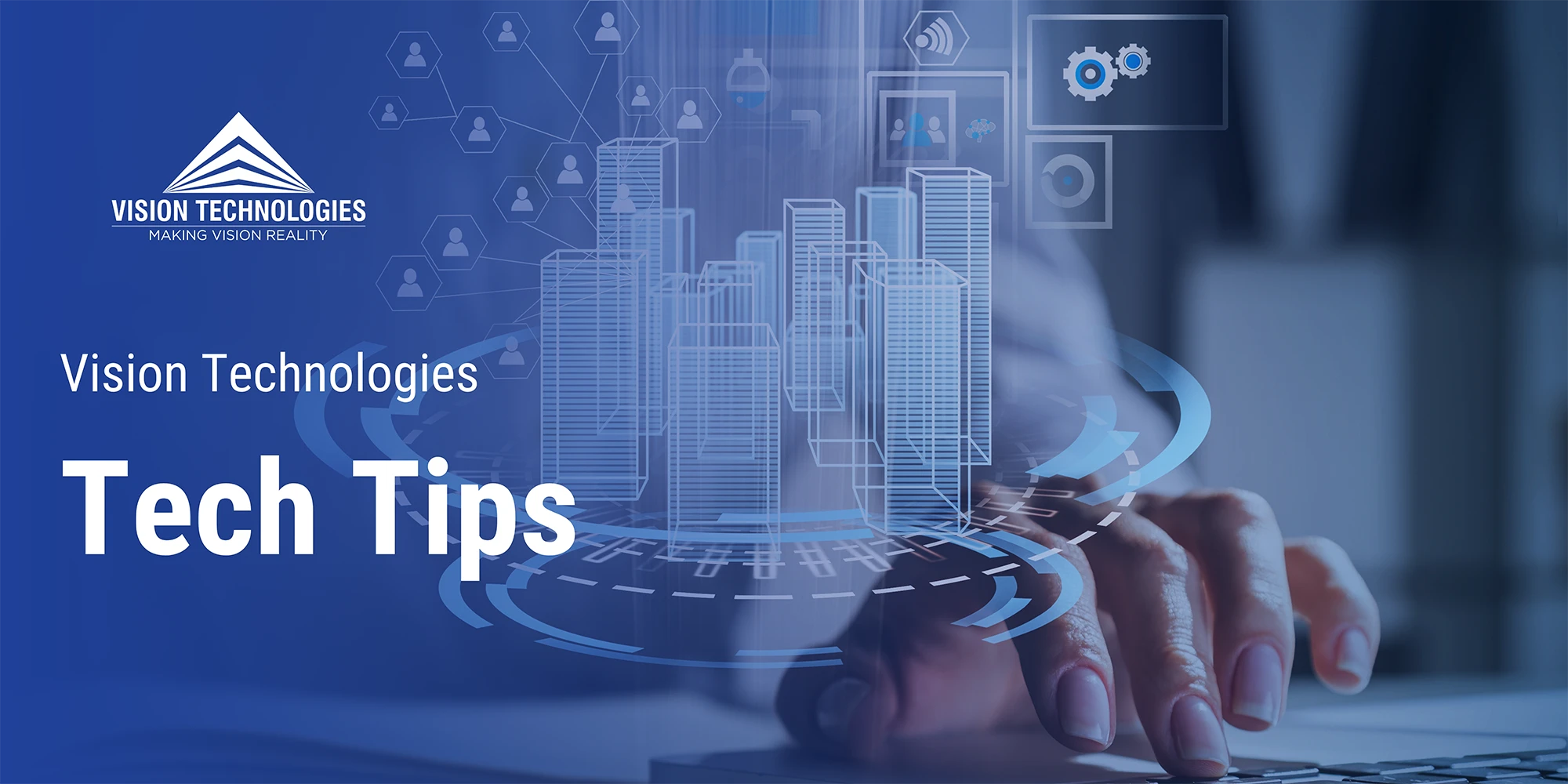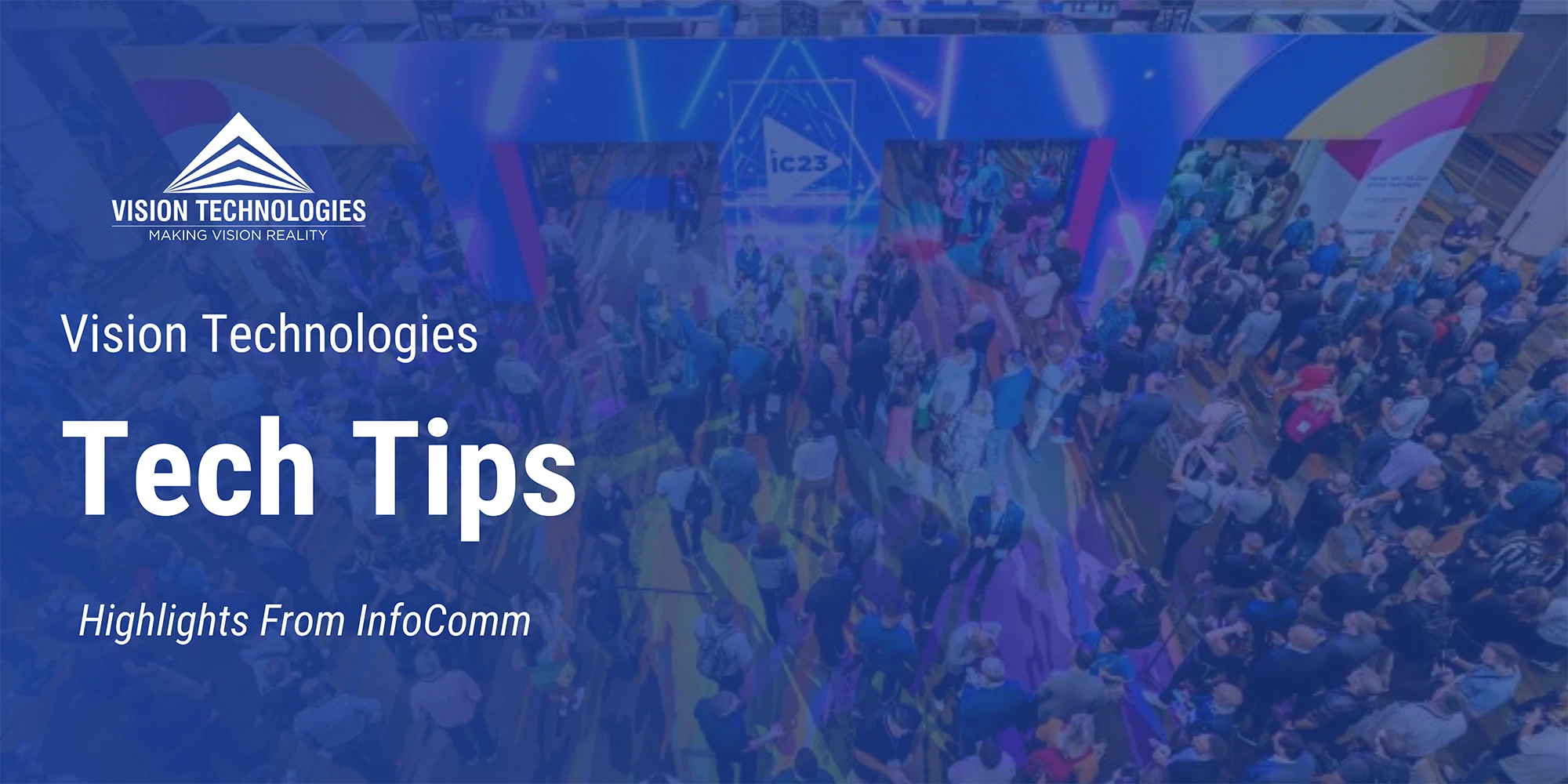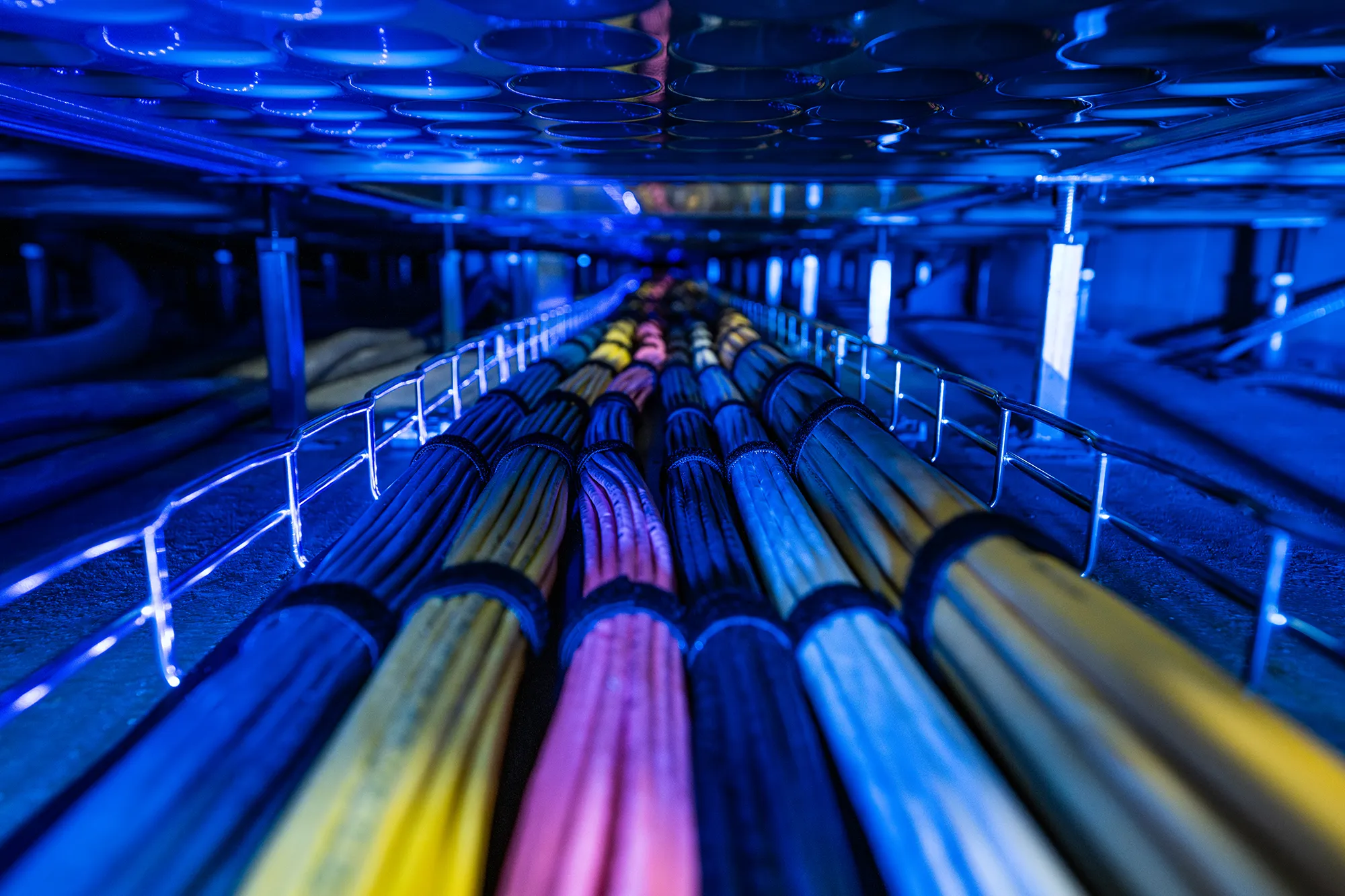5G: Cutting Edge Technologies Across Industries Conversation With The Maryland Tech Council
Vision Technologies Vice President of Mobility Mike Foss recently joined the Maryland Tech Council for the “5G: Cutting edge technologies across industries” panel at the Digital Transformation Summit. Mike leads a division of highly certified experts overseeing services and solutions in mobility including cellular DAS, public safety DAS, wi-fi, and route switch at Vision Technologies.
Other members of the panel included:
- Laura Toraldo, Executive Director, MD5G Partnership
- Chris Carroll, Director External Affairs, AT&T
- Carly Didden, Government Affairs Manager – East Area, Crown Castle
- Dr. Sean Duffy, Regional Medical Director, Concentra
- Mike Foss, Vice President – Mobility, Vision Technologies
- Paul Lennon, Chief Technology Officer, Skyline
5G is accelerating innovation across industries and unlocking growth for Maryland’s economy. Mike joined panelists to address how the future of the industry is changing as a result of next generation networks.
From the panel moderator, Laura Toraldo, Executive Director, MD5G Partnership:
“I know it didn’t take two years of living through a pandemic to show us all how important connection and connectivity can be, but it certainly made us pay attention and realize how much we rely on it not just for face timing with our loved ones but for remote work, for learning, and for simply participating in our economy.
Everyone probably thinks they know 5G. You’ve heard about it in the news, you’ve seen commercials for it, you know that it’s the future- but today our experts want to pull back the veil and really help all of you not only to understand what 5G is capable of, but what it’s really going to take to make it a reality for us in Maryland.”
5G Drives Digital Transformation
During the panel, Mike highlighted an important point about 5G’s impact on driving innovation and transformation for businesses, stating:
“I think 5G’s impact on the digital transformation and how we interact on a day-to-day basis can be important because it’s going to connect more devices, it’s going to connect more people… There’s a lot of different aspects that a high bandwidth user experience is going to be pushed further and further to the edge and impact more devices than just your smartphone.
What we’ve seen in technology is we went from the cloud that everybody viewed as one space virtually, and then centralized cloud and huge facility data centers, and now we’re seeing micro data centers and data centers being pushed to the edge. Enabling 5G is the infrastructure to push those further to the edge.”
Learn more about the technical aspects of 5G and how to prepare for the future by watching the full panel discussion here:
Maryland Tech Council Panel Session Video
Transcript Summary Highlights
When we think about manufacturing, tech, and other industries, what are some of the other impacts that 5g will have?
Mike Foss:
I think from a technology standpoint that understanding 5G in the different layers and where we’re going to see 5G is important.
The aspects of the millimeter wave 5G, which is all the marketing hype that everybody sees every day, the one or two second downloads of a movie. We will get a rich bandwidth user experience with C Band.
During the C Band auction each of the carriers spent millions of dollars for this wireless spectrum in the 3.7 & 3.8 gig space. They’re going to use that a lot faster as they ramp up after it cleared FCC and the FAA. The carriers are asking us to start to design indoor DAS around the C Band technology, which means that we’re going to have 5G indoors. Millimeter wave really is not feasible indoors, so that experience that you get in the Apple store or in the Verizon store when they sell you this new phone, you’re typically not going to get inside of a building or inside your home. But the advantages of having that dedicated spectrum for that data offload from the 4G network is going to be extremely important and twice as fast as 4G LTE. In some cases it may be three or four times as fast!
It’s going to be really what drives the content for the way that business functions, especially in manufacturing. When you talk about robotics, connectivity, sensors, or IoT- all of those things are going to be interconnected across multiple platforms.
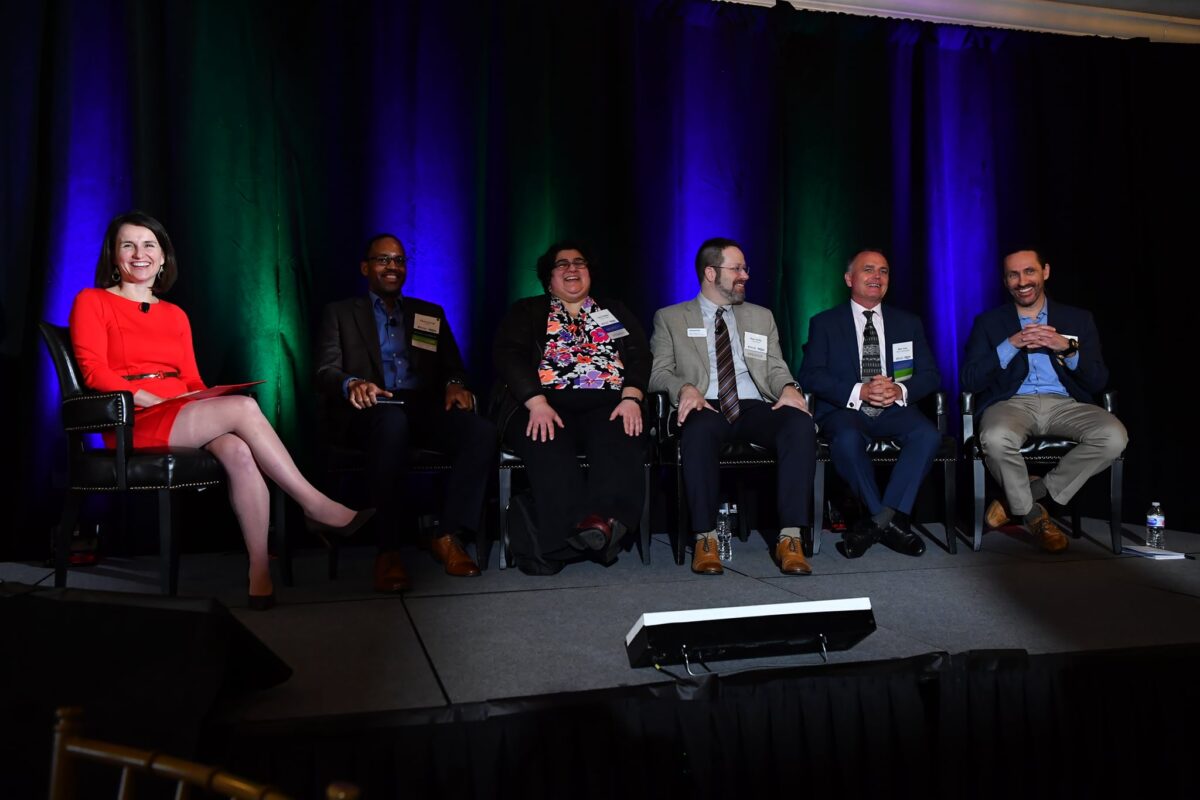
There’s so many different technologies and different ways to connect. 5G is going to be one of the most prolific. When we think about the user experience that we’ve had with COVID and students, it’s that they could not connect to wi-fi because their family didn’t have wi-fi and the 4G connection on their phone wouldn’t connect fast enough for them to have that distance learning capability. Face-to-face time, especially for the younger generation when they’re out of school, will be capable through 5G. Those people will not necessarily need wi-fi in their home in order to connect with that user-rich experience.
So, businesses- it’s coming. A lot of people when they drive around will have it, especially in downtown Baltimore. Baltimore has tons of Crown Castle fiber and small cells with millimeter wave 5G. But it is basically a line of sight that if you had a 5G millimeter wave node in this room, you would not have 5G outside of this room. That’s the reason it’s just cost prohibitive to put it everywhere indoors. But outdoors, it’s really going to be a game changer for the way that we do business.
5G vs. 4G
Mike Foss:
I think it’s important to point out that 5G today doesn’t work without 4G.
5G is data, only you’re not making 5G calls. But that offload will not only enrich your data experience and what you can do with that data on these advanced devices that we all carry. There are 300 million plus smartphones today-but it’s also going to enrich your voice experience on 4G because you’re offloading the bandwidth that the data is currently consuming in that 4G network.
Carriers and 5G Progress in Maryland
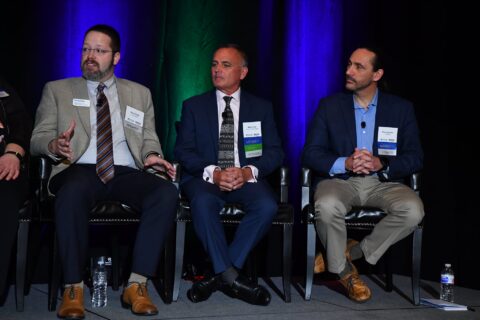
Mike Foss:
We’ve seen a huge push with some of the carriers on existing bands. AT&T is already putting 5G on 850 that they already have on their towers. So, they’re replacing radios, which is not a heavy lift, but it takes time. There’s thousands and thousands of sites. T-Mobile is deploying 5G on both 600 and 2500, and Verizon’s deploying it in that 850 band and will probably be the first to market with C-Band technology on their actual sites.
So, I think it’s important to look at where you’re at, what your expectations are for 5G, and when you’ll have it. I think Maryland is actually on par. Being a national integrator, I think Maryland is actually leading the way in a lot of categories, especially in these city center areas with the carriers versus California is a little bit further behind in some areas. I think Maryland being more compact with closer-knit communities will be a little bit faster than a lot of areas in the U.S.
I think a lot of entities kind of took FirstNet for granted that they just expected it was going to be there. I know AT&T has worked closely with Safer Buildings Coalition and other places for getting that public safety message out there and why. It is harder in those rural areas than it is in city centers that may already have a robust infrastructure so it’s a challenge. I completely agree a statewide technology initiative would really be helpful.
Advantages of Outdoor 5G vs In-Building
Mike Foss:
I think that people get confused by the 5G heat maps. You’ll see on the heatmaps that 5G is in Baltimore and looks like there are 1600 small cells throughout downtown Baltimore. But we have to remember that above the fifth or sixth floor you don’t see that because it’s really meant for street level communications. Millimeter wave as we said doesn’t go through walls. The advantage of having that built out that was pointed out earlier is that now we have the fiber infrastructure there that could be extended. The network can be extended into buildings and tenancy to offer a distributed antenna system inside that building that can broadcast that signal within that building.
Neutral Host Networks
Mike Foss:
I don’t think you’re ever going to have a ubiquitous phone that’s capable of connecting to multiple devices. You can have multiple sims in a phone and maybe connect to two networks currently, or a CBRS network on one side and a carrier network on another, but all of that really comes down to Crown Castle in addition to owning fiber assets has thousands of tower assets with multiple carriers on them. The networks that Vision Technologies builds inside of a building are all meant to be neutral hosts so that any carrier can join at any time by plugging in to that system.
Vision is Here To Help
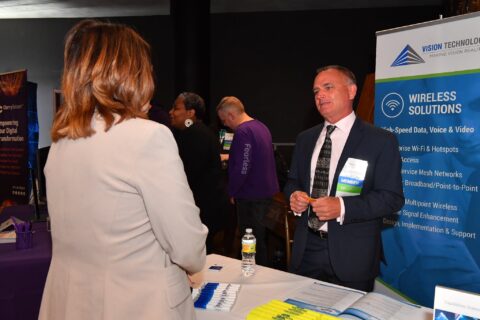
Tune into the entire panel discussion by watching the video above for a full picture of the advancing 5G landscape in Maryland.

